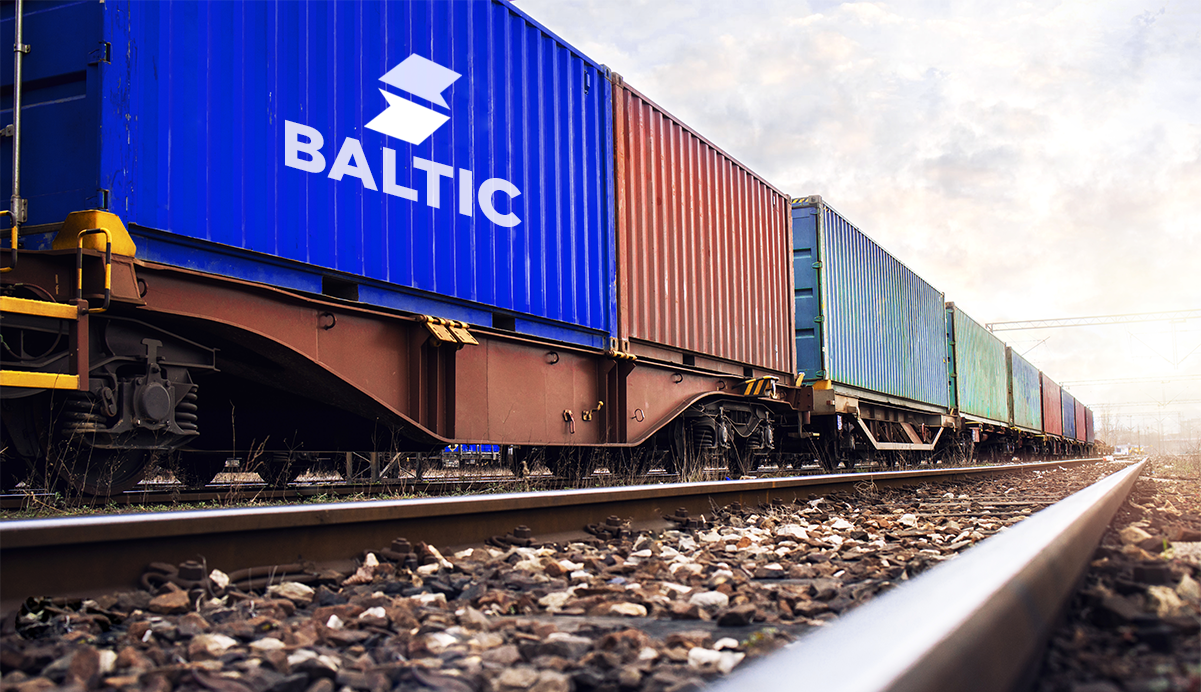


Rail transportation has been a cornerstone of commerce for centuries, providing a reliable means of moving goods overland. Today, rail networks span continents, connecting major cities and industrial hubs with seamless efficiency.
Rail networks play a vital role in the global transportation infrastructure, offering a cost-effective and efficient means of moving goods across vast distances.
Rail networks traverse diverse terrain and climates, offering access to regions that may be inaccessible by other modes of transportation. From the transcontinental railways of North America to the extensive rail networks of Europe and Asia, railroads facilitate trade and commerce on a massive scale.
Rail networks are the backbone of the global shipping industry, providing a reliable and cost-effective means of transporting goods across vast distances. By leveraging rail transportation, businesses can reduce shipping costs, minimize environmental impact, and reach markets around the world with ease.
Leave a Reply